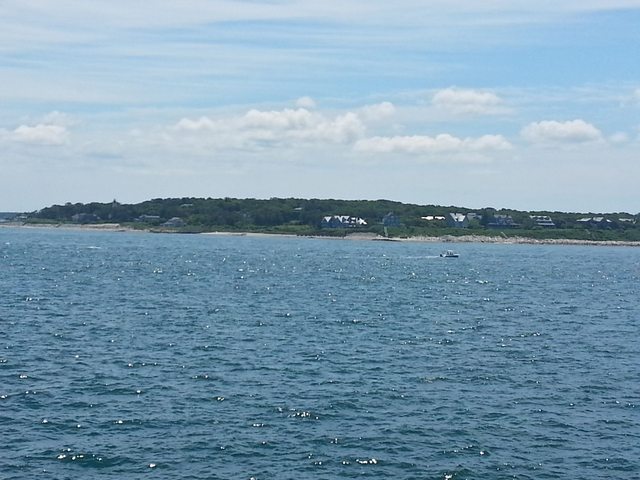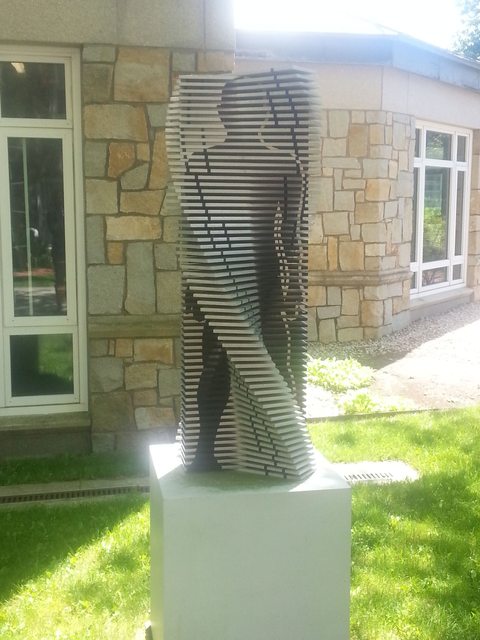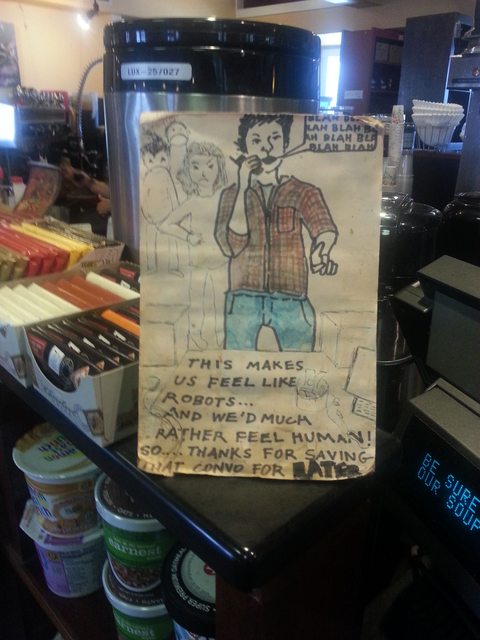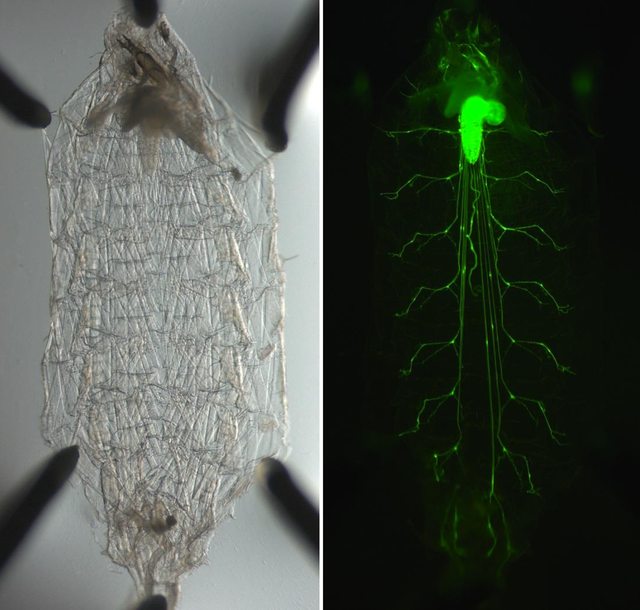A Cognitive Defense of Stimming (or Why “Quiet Hands” Makes Math Harder)
In the last decade or so, autism spectrum disorders (ASDs) have been in the forefront of the news and research. Originally, the people thought autism was a psychological disorder and that it was similar to schitzophrenia. There was a complete lack of understanding about what autism was, how it affected those with it, and how people who were not autistic could relate to people with autism. People assumed the behaviors of autistic children or adults were just “bad behaviors” that needed to be corrected, often through electroshock therapies, LSD, and other harmful (pain-based) “treatments”. All of this was administered under the philosphy that “normal” = healthy.
In the 80’s, the genetic and biological basis of behavior started to become a focus in research and health practitioner skills, propelled in part by discoveries about the genetic basis of circadian rhythms. Behavioral therapy began and the new focus for autistic children was to help the mask the biological basis of their behaviors and confirm to “normal” social behavior so that they could have “normal” lives. At some point, researchers and parents began to realize that a lot of autistic behaviors were a response to stimulation – over and under stimulation – and research began focusing on the neurobiology and neurogenetics of autism.
The idea that difference is “abnormal” and that “abnormal” = unhealthy is the basis of a LOT of oppression, violence, and harm caused and maintained in communities and cultures across the world at every time in history. White colonists believed black, brown, yellow, and red people were lesser than and qualified this with “science”, suggesting that white was normal and non-white was abnormal (and of course this thinking continues to dictate structures and communities in colonized spaces today). This raises larger questions: Who gets to determine what is normal or healthy? When does normal = healthy? How does society use standards of “normal” to force marginalized communities out of power?
In 2005 an organization named Autism Speaks was formed (but non-autistic people) to support research that would find a “cure” for autism spectrum disorders. The organizations viewpoint then and now is that autism is a devastating health crisis that causes children to be lesser than and results in a poor quality of life. As an autistic person, I find this not only offensive, but hugely damaging (in too many ways to describe here) to parents with autistic children, to autistic children and adults, and to prospective support systems that could be formed for autistic people. “Curing” autism is similar to the argument about “curing” queerness. Should we “fix” queer people so that they are all straight and cisgender, or should we support and embrace diverse experiences and lives for what they bring to the table?
As the recognition of autism and the number of autistic children has grown and continues to grow drastically, it is very important to address these questions. One of the more visible effects of most autism spectrum disabilities is stimming, a word that is short for “self stimulation”. Researchers now understand the the neurological systems of autistic people are different than those of most “neurotypical” people, making autistic individuals extra sensitive to some sensation and under-sensitive to others (as defined by neurotypical standards). For example, many autistic people find that repetitive movements are calming (perhaps movement sensory input channels are chronically under-stimulated), so they may stim by tapping fingers or feet, flapping their hands, rocking, or doing something similar. There is a big divide currently in the world of working with autistic children – should adults teach children to repress their stims or should they be accepted as supportive of childhood development?
I recently found a wonderfully written article on this topic and it refers to Thinking Fast and Slow. I need to read this book soon (and maybe post on it later), but in the mean time, enjoy this article! What are your thoughts on this or the other articles at the end of this one?
~Skye






